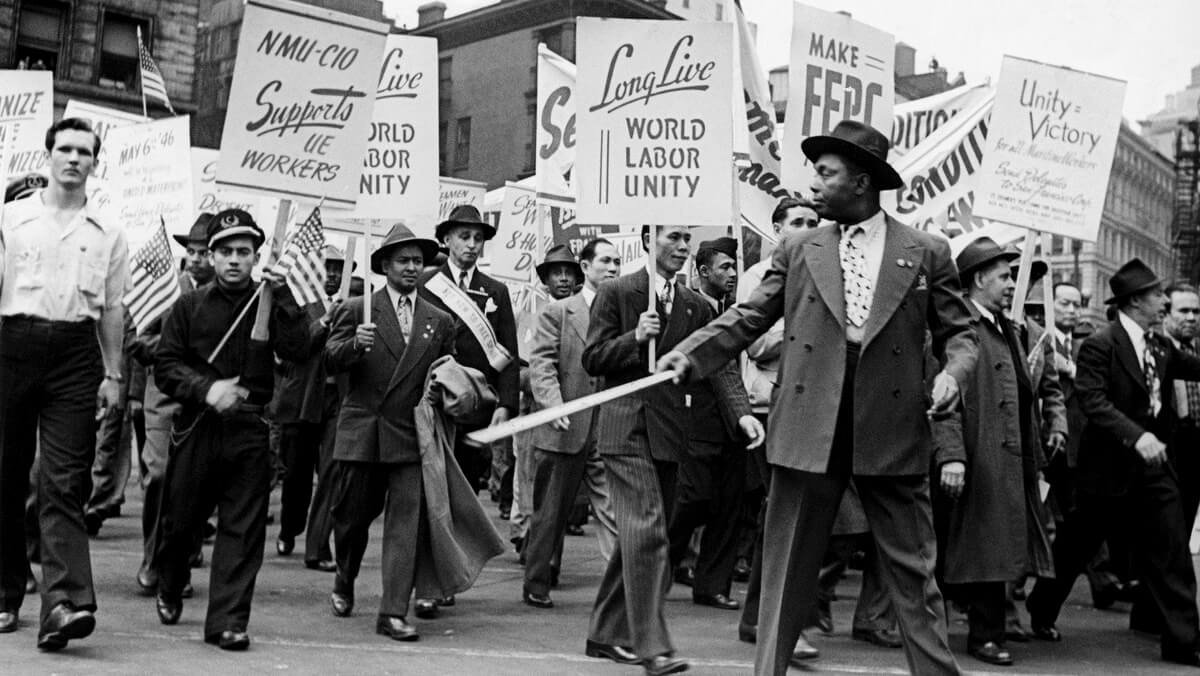
Race, Color, and National Origin Discrimination
Key Takeaways:
An employer cannot refuse to hire, fire, fail to promote, demote, discipline, or take any other "adverse employment action" against someone because of someone’s race, the color of their skin, or their nationality or ethnicity. This is true even if the employer is mistaken about your identity.
Proving discrimination requires, among other things, that your race, national origin, or color (or other protected class) was a "substantially motivating reason" for your employer's adverse employment decision.
Evidence can be direct (e.g. stating a racist reason for an adverse employment action against you) or circumstantial (e.g., treating another group of people more favorably).
Discrimination against an employee due to their race, color, or national origin is illegal. An employer cannot refuse to hire, fire, fail to promote, demote, discipline, or take any other "adverse employment action" against someone because of these protected classes. These claims often overlap. For instance, if a Mexican employee is fired by someone who makes a derogatory comment about Latinos and their skin color, that could possibly be discrimination based on all three of the above categories.
Harassment based on your race, color, or national origin is also illegal.
Harassment is any conduct that is offensive, hostile, or intimidating, and that is so "severe or pervasive" that it affects your ability to work. This means it needs to be more than one stray comment or joke at your expense. If you are being harassed by a co-worker, you also need to report the harassment, and give your employer the opportunity to investigate and correct the situation. If your employer fails to do so, then your employer may be liable for your co-workers conduct. Failing to properly investigate your complaint is also a violation.
If a supervisor is committing the harassment, your employer is "strictly liable." Under these circumstances while you do not technically have to report the harassment in order for your employer to be found liable, if you can do so safely, it is often wise to do so.
Proving discrimination requires, among other things, that your race, national origin, or color (or other protected class) was a "substantially motivating reason" for your employer's adverse employment decision. These words are extremely important and much ink has been spilled over them, particularly since Harris v. City of Santa Monica (2013) 56 Cal.4th 203. Prior to Harris, an employee had to prove racial discrimination was a "motivating reason." Adding the word "substantially" raised the burden of what a Plaintiff has to prove at trial and strengthened the "mixed motive defense," which is a common defense of employers in these cases. (For the Plaintiff in Harris, it also meant reversal of a $177,905 judgment in her favor.) A mixed motive defense is when an employer argues that even if there was discrimination, they would have fired the employee for some other non-illegal reason.
To prove the decision was "substantially" motivated by discriminatory animus, a Plaintiff has to show it was "more than a remote or trivial reason." Rarely do you see a case where an employer just comes out and says they're firing someone because of their race or nationality or the color of their skin. Usually, you have to prove this with indirect or circumstantial evidence. Evidence of this type of intent includes things like racially charged comments by decision makers, or a pattern of favoritism in employment decisions of certain races or nationalities over others, etc.
